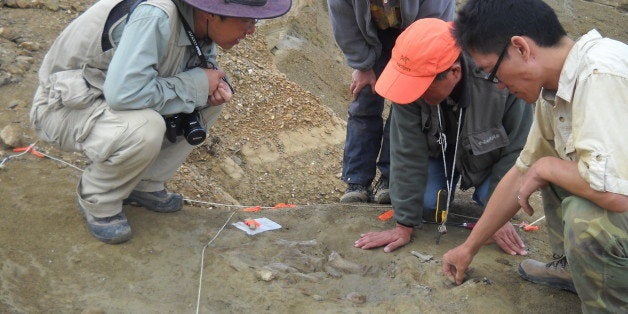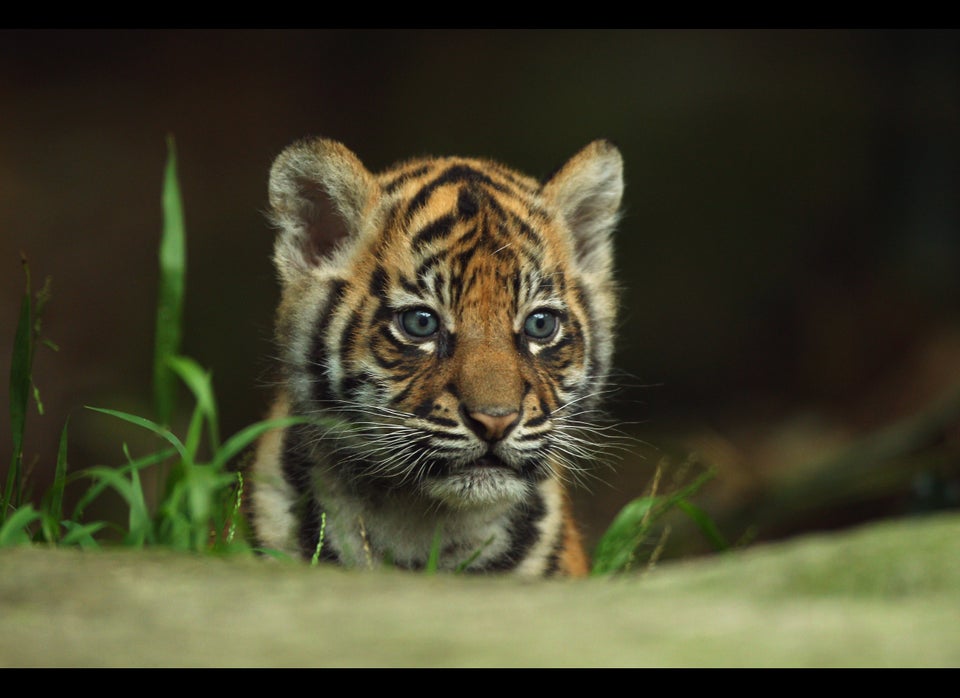
Researchers on a fossil-hunting expedition to the Himalayan mountains in Tibet have brought back what is believed to be the oldest big cat fossil ever found.
The fossil, which represents a previously unknown extinct species called Panthera blyteae, suggests that big cats similar to the modern snow leopard lived in Asia around 6 million years ago, Nature reported. That's close to 2 million years earlier than suggested by previous fossils.
The fossil supports the hypothesis that members of the pantherineae subfamily -- including tigers, lions, jaguars, and leopards -- originated in Asia before diverging from their smaller cousins -- like cougars, lynxes, and domestic cats, the BBC reported. The fossil also helped the team estimate the date of origin for all cats to about 16 million years ago.
Details of the find were described in a study published in the Proceedings of the Royal Society B this week.
"This cat is a sister of living snow leopards -- it has a broad forehead and a short face," study author Dr. Jack Tseng, of the University of Southern California and the American Museum of Natural History, told the BBC. "But it's a little smaller -- the size of clouded leopards. This ties up a lot of questions we had on how these animals evolved and spread throughout the world."
Tseng, part of the group that uncovered the fossils back in August of 2010, told National Geographic that he never expected the trip would yield such a prized find.
Working in a rocky area in the Tibetan Plateau, the team found part of the cat's lower jaw first, then gradually uncovered the skull. After a painstaking removal process, the bones were transported back to Los Angeles. Not wanting to put his precious discovery at the mercy of baggage handlers, Tseng brought the bones home in his carry-on bag, National Geographic reported.
Excitement about the find went beyond Tseng and his fellow researchers.
"Fossils of big cats are rare at the best of times, and all are exciting," Lars Werdelin, senior curator at Sweden’s Natural History Museum and an expert in feline fossils, told National Geographic. "But this is especially so, as the fossils are so old and are unusually complete. Even a partial skull… can tell us a lot more about the animal than did the few bits and pieces of the earliest big cats found previously."
The bones also show that big cats haven't changed much from their ancient ancestors. The reason? They just never needed to.
"They are so good at what they do that they don't need to change," Julie Meachen, a paleontologist at Des Moines University in Iowa, told LiveScience. "They're just really effective killers of prey right from the get-go."

A closeup of the top of the skull as it is uncovered from 4.4 million-year-old rocks in the western Tibetan Plateau.
To learn more about Panethera blytheae, read the team's article in the journal Proceedings of the Royal Society B.
